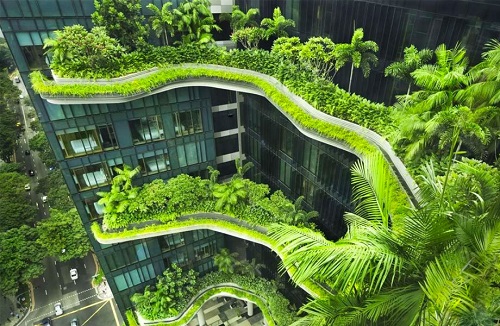 Saturday, September 28, 2024
Saturday, September 28, 2024  Saturday, September 28, 2024
Saturday, September 28, 2024 
Lessons can be learned from the Covid-19 pandemic to design people-friendly buildings and cities that embrace the natural environment and make us more resilient to future pandemics.
But for now, misconceptions about self-isolation measures could be having a detrimental affect on our health, according to UNSW associate professor Paul Osmond.
The Built Environment lecturer says that in Australia, people shouldn’t reinterpret the “stay at home” message to mean “stay inside”, unless they are under quarantine, and highlighted the importance of exposure to nature for health and wellbeing.
“We need nature, at a minimum for viewing, but ideally through immersion and interaction – particularly now, as a way of de-stressing and preserving mental health,” Osmond said.
Osmond refers to “nature-deficit disorder”, a term coined by author Richard Louv in his non-fiction book Last Child in the Woods: Saving Our Children from Nature-Deficit Disorder, which discusses the negative effects on human health when people are removed from nature.
Research shows there can be improvements for children in learning, and adults’ workplace productivity levels can increase when they have a connection to the natural world.
Osmond adds that being “sealed up inside a house or an apartment” can lead to ill-health due to poor air quality.
“It makes sense to head outdoors or open windows during these tighter restrictions, especially now while there is less pollution from industries and transport.”
“Even if it is just by walking down the street rather than in the park, at least you are seeing some green bits of biodiversity which helps with your overall mental health and wellbeing.”
Discussions and research have already begun about what the design of our buildings, cities and neighbourhoods will look like once Covid-19 begins to retreat, Osmond said.
Keep reading in The Urban Developer
Check out the video gallery here